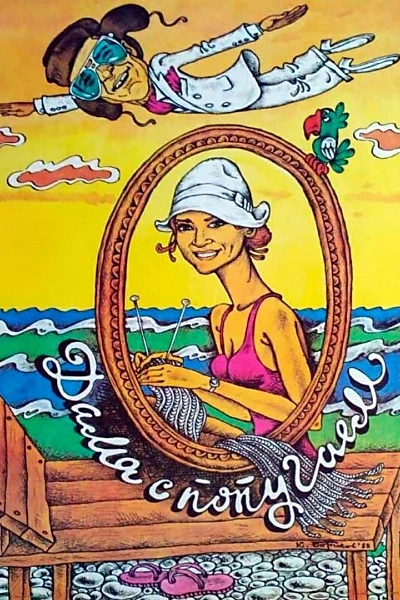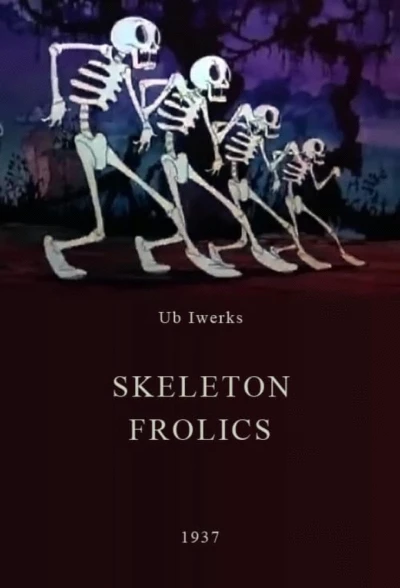Sinkin' in the Bathtub (1930)
April 19, 1930Release Date
Sinkin' in the Bathtub (1930)
April 19, 1930Release Date

Plot.
Where to Watch.
Cast & Crew.

Carman Maxwell
Bosko (voice) (uncredited) / Animation

Rochelle Hudson
Honey (voice) (uncredited)

Hugh Harman
Director / Producer / Animation

Rudolf Ising
Director / Animation / Producer

Leon Schlesinger
Associate Producer

Paul J. Smith
Animation

Friz Freleng
Animation / Story

Frank Marsales
Original Music Composer
Media.

Details.
This Movie Is About.
Wiki.
Sinkin' in the Bathtub is the first Warner Bros. theatrical cartoon short as well as the first of the Looney Tunes series. The short was released on April 19, 1930, at the Warner Bros. Theater in Hollywood. The cartoon features Bosko, and the title is a pun on the 1929 song Singin' in the Bathtub. The film was erroneously copyrighted under the same title as the 1929 song. It is now in the public domain in the United States as the copyright was not renewed.
The name of the Looney Tunes series bears an obvious debt to the Walt Disney Animation Studios' Silly Symphony series, which began in 1929. Steve Schneider writes that this "immediately reveals Harman and Ising's belief that the only way to compete—or even to survive—in the cartoon trade was to cleave to the Disney version."
Made in 1930, this short marked the theatrical debut of Bosko the "Talk-Ink Kid" whom Harman and Ising had created to show to Warner Bros. Bosko became their first star character, surpassed only much later by Porky Pig and Daffy Duck. Notably, this is the only publicly released Bosko short to feature Bosko's original blackface dialect provided by animator Carman Maxwell; the character would later adopt a more falsetto voice (played by sound effects man Bernard B. Brown and, later on, singer Johnny Murray) for later films. Bosko's girlfriend Honey was voiced by Rochelle Hudson.
The short was produced, directed, supervised and co-animated by Harman and Ising, with animation by a very young Friz Freleng and his friends. Leon Schlesinger was credited as an associate producer, and the title card also gave credit to the Western Electric apparatus used to create the film.
Frank Marsales served as music director, arranging the tunes to be played by drummer-bandleader Abe Lyman and his orchestra of Brunswick Records musicians. All of the songs were recently popular numbers in the Warner Bros. catalog, which added a cross-promotional aspect. Beyond the title song which is heard at the beginning and the end, tunes included "Tiptoe Through the Tulips", "Lady Luck" from the 1929 film The Show of Shows, "I'm Forever Blowing Bubbles", and "Painting the Clouds with Sunshine".
You May Also Like.

A Nightmare (1896)

Prest-O Change-O (1939)

Rewind 2: 1996 (2022)

Bosko, the Talk-Ink Kid (1929)

Pa-Thirsty (2022)

4 Nights in the Hamptons (2014)

Great White Fight Club (2023)

The Shadow Box (1980)

The Witching (1993)

Tugboat M17 (1933)

O Lodo (2020)

Spanton vs The French Police (2022)

Lady with a Parrot (1988)

Skeleton Frolic (1937)

Sugar (2017)

UFC 86: Jackson vs. Griffin (2008)

Pájaros negros (2015)

Stars in the Park: The Right Now (2018)



